The Single-Member LLC (SMLLC) can be the perfect solution for some business owners. For others it’s a complete waste of time and money. These special types of “SMLLCs” have their place in the spectrum of business entity choices. Now whether such an entity is right for you will depend on the details of your own personal situation.
What is a Single-Member LLC?
At the most basic level, it’s an LLC owned 100% by one person or entity. To state in other words, one “member” owns instead of multiple members. It may sound simple, but there are variations that may surprise you. Here are a few examples:
-
- An LLC owned 100% by an Uber Driver for their operational business.
- An LLC owned 100% by a Rental Property Owner for protection from the tenants.
- An LLC owned by a landscaper, doctor, or engineer CONVERTED to an S-Corp later, same name and EIN by SMLLC.
- An LLC owned by an S-Corp as a wholly-owned subsidiary for a different operation than the parent S-Corp.
- An LLC owned 100% by your IRA or 401k that can be invested in small business, real estate, or a crypto wallet.
- An LLC owned by a married couple’s Revocable Living Trust. Then reported to the IRS as a 100% owned entity by one of the spouses.
These are all a form of an SMLLC. You can still be the Manager of the SMLLC in every instance above, and also maintain a Board of Advisors. See “Setting up Your Board of Directors or Advisors”.
Moreover, all of these examples above are excellent structures, well tested, and make sense for their specific purpose. The question is, are they a good fit for you!
Single-Member LLC Pros
1. Asset Protection: As is the case with any LLC, the SMLLC will act as a shield to protect your personal assets from the liabilities associated with the business conducted by the SMLLC.
EXAMPLE: If your SMLLC owns a rental property, and someone slips and falls on that property and wants to sue the property owner, that plaintiff will be required to sue the SMLLC, not you personally. If the plaintiff ultimately wins the lawsuit, he or she will only be able to come after the assets owned by the SMLLC, not the SMLLC owner. The same protection applies to protect the owner from any debts of the SMLLC (unless personally guaranteed by you the Member or Manager).
2. Disregarded Entity Tax Status: Usually, the entity does not have to file its own tax return. Now…there may be specific IRS Forms that need to be filed to report the LLC’s operations. You will not file Form 1065 (that’s a multi-member tax return). Generally, an SMLLC will be treated as a “disregarded entity” for federal income tax purposes. Thus its profit or loss will be reported on an individual member’s Schedule C as if it were a sole proprietorship. This will potentially save you, the member, significant time and money in connection with the preparation of income tax returns.
3. Ability to convert to an S-Corp: More on this below, but the ability to “retroactively’” convert to an S-Corp when the time is right can create massive tax savings with self-employment tax. Remember that IF you DO elect to be taxed as an S-Corporation, you will need to start filing Form 1120S. You must follow all the rules that go with that structure. See “Choice of Entity – Is an S-Corporation Right for You?”
3. Ease of Use: There are few legal requirements when it comes to running an SMLLC. Tax reporting can be easier (as I stated above) and some States make the annual filing easier for LLCs. HOWEVER, do not think this allows you to be lazy with the maintenance of your LLC. If you want asset and audit protection, you MUST maintain the SMLLC properly. See the list of “cons” below to see how to avoid this problem.
Single-Member LLC Cons
1. Don’t Fall Asleep at the Wheel: Since little is required, most people do almost nothing in regard to keeping records of actions taken by the SMLLC. That doesn’t mean you shouldn’t do proper maintenance for your SMLLC.
EXAMPLE: Just because your dentist doesn’t ‘require’ you to brush and floss your teeth daily, doesn’t mean you shouldn’t do it. You’re doing things to prevent future pain and costs with your teeth that could have been avoided. Same thing with your SMLLC. In many states they don’t require corporate maintenance, but this is the first thing a judge is going to ask in a lawsuit – “Did you maintain your SMLLC properly?”
In a court battle, someone attacking you and your LLC will ask the judge to set aside the asset protection associated with the corporate veil. They will do this by claiming the SMLLC is a sham since it has no records and no Operating Agreement. In many of these cases, the court will agree. Then single-member [that’s you] becomes personally liable for the business debts. You can avoid this potential disaster through corporate governance and annual maintenance.
2. Lack of “Outside” Liability Protection: Courts in a variety of states have “pierced the veil” of a SMLLC from the outside and have held that it is not a separate entity and thus may not be used to protect the assets of the LLC from the creditors of the member.
EXAMPLE: You get into a car accident texting and you get sued in excess of your insurance policy. Can the plaintiff come after your rental property in an LLC? Answer: Maybe. The law says in 18 states that IF your LLC is owned by 2 members, they can’t break into the LLC (see Appendix C in my new book “The Tax and Legal Playbook”). However, only THREE states give the SMLLC the same protection as a Multi-Member LLC (Wyoming, Nevada and Delaware).
Thus, the SMLLC in the far majority of states will ONLY protect you from the operations in the SMLLC…not protect the assets of the LLC against personal liability in the event of a personal lawsuit or another claim. See “What is a COPE” for Asset Protection?” In order to avoid this issue, you can do one of two things:
- (i) Create at least a two-member LLC with sufficient legal documentation (including an operating agreement and annual company minutes, etc.) to reflect that the two-member LLC is indeed a separate entity and has been treated as such; or
- (ii) Set up a holding or parent company in Wyoming, Nevada or Delaware to own your other LLCs and force a plaintiff to fight their way through another state before getting to your ‘other’ Single-Member LLCs owned by your ‘Parent’.
Where does an SMLLC work best?
- For those with a brand new rental property: A SMLLC is a great place to start if you just bought your first rental property, or only have a few rentals. As the number of your rental properties grow, and maybe even located in several states, setting up a Multi-Member LLC or Multi-Entity Structure (see below) is something you can easily expand into. The benefit of an SMLLC is its flexibility and ability to expand/grow your asset protection structure as your wealth increases.
- Multi-Entity Structuring: If your properties are NOT in a Series LLC state, you may want to set up a Multi-Member ‘Parent’ or ‘Holding LLC’ that owns your other Single Member LLCs in the same state or other states. This allows for a consolidated tax return (saving on tax prep fees). It gives you the inside AND outside protection with multiple buckets all flowing back into one entity.
- The Operational Business Start-up and Convert to S-Corporation Later: I like the idea of starting your ‘operational’ business as a SMLLC and graduating to an S-Corp (with a simple S-Election) when your income reaches a certain level.
EXAMPLE: Rather than wait to set-up an S-corp when it could be too late and cost you Self-Employment tax, start as a Single-Member LLC and then you can make a retroactive S-Election to the LLC after you see the net-income and implement the salary/dividend split of the S-Corp without paying any Self-Employment tax.
If you don’t make the income to justify converting to an S-Corp, you still have asset protection of the SMLLC. You could even start building corporate credit under the EIN of the SMLLC.
Bottom-line
Important: Sit down with a competent lawyer, NOT an advisor at a non-law firm promising free or unlimited LLCs. That could be the worst thing to do. Tailor it to YOUR situation upfront with proper counsel and save time and heartache later. There are lots of options and the SMLLC could provide just the right weapon in your arsenal.
And remember, while an SMLLC can be effective in several situations, it’s certainly not a silver bullet. Meaning that it will not always that will cure all potential asset protection and tax planning problems.
We have affordable entity set-up options WITH a real attorney at your side. Please check out KKOS Lawyers before signing up with something that seems too good to be true or a sales pitch for something free now.










